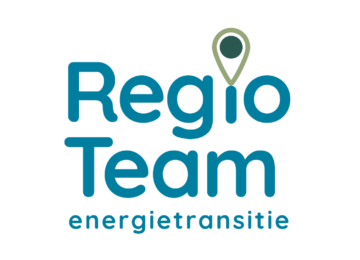Batteries essential, gear necessary
Batteries are indispensable for the energy transition. Yet the development of battery projects in the Netherlands lags behind that of other countries. This is because batteries in the Netherlands have to pay for taking power from the grid. The battery at the Enecogen power plant has the advantage of being able to use the existing connection to the grid, but often those grid costs are the bottleneck in making a battery project profitable. The possibility to enter into a time-dependent transportation contract and thus get a discount on the grid tariff is important, but not enough to make up for the Dutch lag in the battery field. The Netherlands should therefore apply an exemption from the net tariff for batteries as in Germany and Belgium.
"Fantastic that we can invest in this new battery, a breakthrough after years of development time. At the same time, it is a shame that this is only our first own battery in the Netherlands. We are still miles away from the battery capacity needed in the Netherlands to prevent power shortages and grid congestion and sufficiently reduce emissions from our energy system. Batteries in the Netherlands, like in Belgium and Germany, must be given an exemption from grid charges to enable that acceleration."
Karen de Lathouder, COO Assets Eneco
"This collaboration shows how market knowledge, technological innovation and partnership come together in a concrete project that directly contributes to a more stable and sustainable energy system. With this battery we invest not only in flexibility, but also in the future of the Dutch energy supply."
Martin Bartošovič, CEO EP EN
Batteries mainly provide short-term flexibility, but they are not the only link in a future-proof electricity system. Long-term flexibility is also needed. With the sharp increase in solar and wind power, controllable power plants run less and less frequently and investment in them is increasingly difficult. But they are still needed for times when there is little solar and wind available. Therefore, a capacity mechanism is needed to secure this long-term flexibility in our power supply. Both tracks reinforce each other and are necessary for a stable energy supply.





